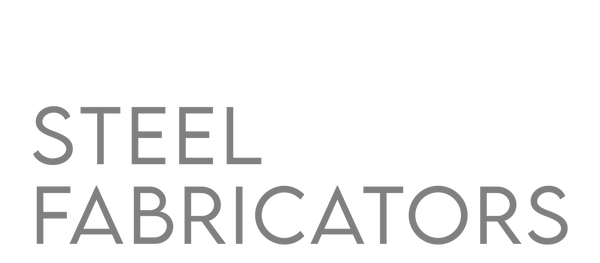Emerging Trends in Steel Fabrication Technology
Share
Steel fabrication is rapidly evolving, with innovative metal fabrication techniques transforming how steel is processed, assembled, and used across industries. Automation, AI-driven systems, and sustainability initiatives are making fabrication faster, more precise, and more efficient.
In Melbourne, keeping up with these advancements is key to staying competitive. As sectors such as the construction industry and infrastructure expand, embracing new fabrication technologies is no longer a luxury—it’s essential.
How Technology is Changing Steel Fabrication
Gone are the days when steel fabrication relied solely on manual welding and cutting. Today, advancements in robotics, AI, and smart materials are changing the way steel is fabricated. Here’s a look at some of the key trends shaping the industry.
Automation and Robotics
Automation has streamlined steel fabrication, improving speed, accuracy, and consistency. Robotic welding, automated assembly lines, and AI-driven quality control are reducing errors and increasing efficiency.
Automation is critical for large-scale projects in the construction industry in Melbourne. It allows fabricators to meet growing demand while maintaining high-quality standards. By reducing reliance on manual labour, businesses can improve efficiency and production capacity.
CNC Machining and 3D Printing
CNC machining offers unmatched precision, making it a go-to for innovative metal fabrication. These computer-controlled machines enable fast, consistent production—particularly useful in sectors like transport and infrastructure industries, where accuracy is crucial.
Meanwhile, 3D printing is beginning to reshape steel fabrication. Although still developing for large-scale applications, metal 3D printing allows for custom designs with minimal waste. As the technology matures, it will open up new possibilities for architectural and industrial projects.
Sustainable Steel Fabrication Practices
Sustainability is becoming a major focus in steel fabrication, with manufacturers seeking ways to reduce environmental impact. The shift towards sustainability in steel fabrication includes:
- Using recycled and low-carbon steel to minimise waste.
- Implementing energy-efficient machinery to reduce emissions.
- Adopting water-efficient cutting techniques to lower resource consumption.
Sustainability is becoming a competitive advantage, ensuring businesses stay compliant with evolving regulations while reducing their carbon footprint.
AI and Machine Learning for Quality Control
AI-powered monitoring is making steel fabrication more reliable. These systems can detect defects in real time, preventing costly issues before they arise. Machine learning also helps predict maintenance needs, minimising downtime and keeping production efficient.
These advancements are shaping what is next for melbourne steel industry, ensuring fabricated steel meets the highest safety and durability standards.
The Rise of Smart Materials
Steel alloys are improving, with new materials offering greater strength, flexibility, and corrosion resistance. Smart steels can adapt to environmental conditions, making them perfect for industries like mining and resources that demand durability.
Expect continued developments in high-performance alloys that enhance fabrication while reducing maintenance needs.
The Benefits of Emerging Technologies in Steel Fabrication
Adopting new technology isn’t just about staying relevant—it provides real advantages for fabricators, builders, and industries that rely on steel.
Faster Production and Cost Savings
Automation, CNC machining, and AI-driven monitoring reduce waste and human error, cutting costs and improving efficiency. Faster production means businesses can meet deadlines more effectively.
Greater Customisation and Design Flexibility
Advanced fabrication techniques allow for more complex and customised steel components. This is particularly useful in innovative metal fabrication, where precision and aesthetics are equally important.
A Stronger Commitment to Sustainability
Adopting greener fabrication methods now ensures compliance with environmental regulations while lowering long-term operational costs.
Enhanced Safety and Structural Reliability
AI-driven quality control, robotic welding, and smart materials contribute to safer, stronger steel components—especially in sectors like transport and infrastructure industries, where reliability is non-negotiable.
What’s Next for Steel Fabrication in Melbourne?
Looking ahead, steel fabrication will continue to be shaped by automation, AI, and sustainability. Companies that adapt will gain a competitive edge, producing high-quality components with greater efficiency.
The industry is moving towards smarter, more streamlined processes, and businesses should keep an eye on how automation is shaping the future.
Melbourne’s steel sector is at a turning point. By embracing these trends, fabricators can deliver stronger, more sustainable, and forward-thinking solutions that define the next generation of steel fabrication.
